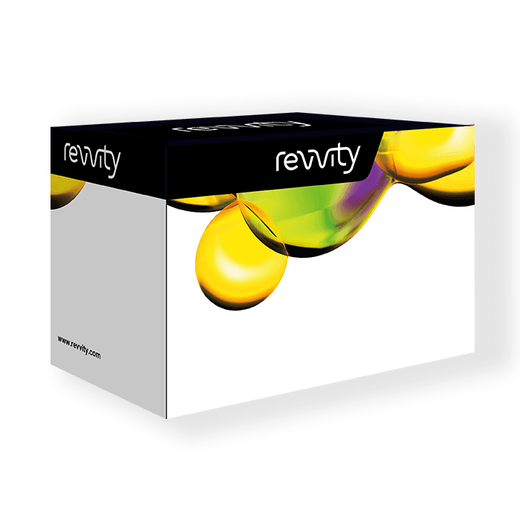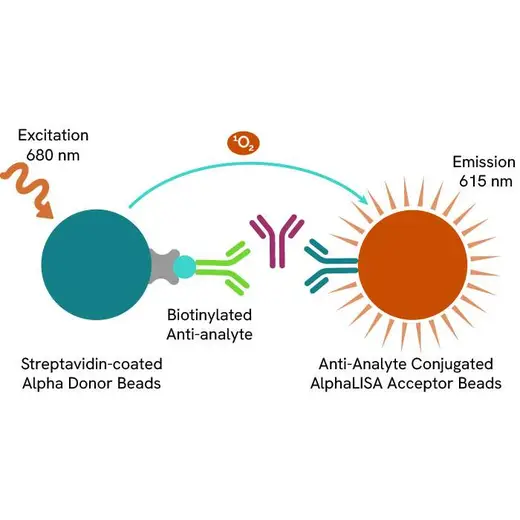

 下载产品说明书
下载产品说明书 下载SDS
下载SDS 用小程序,查商品更便捷
用小程序,查商品更便捷



 收藏
收藏
 对比
对比 咨询
咨询Overview
One antibody is specific to amino acids 17-24 (epitope VFFAE): mouse monoclonal antibody, clone number 4G8. The second antibody is specific to the C-terminus: mouse monoclonal antibody, clone number 11A50-B10.
Formats:
- Our 500 assay point kit allows you to run 500 wells in 96-well or 384-well format, using a 50 µL reaction volume (5 µL of sample).
- Our 5,000 assay point kit allows you to run 5,000 wells in 96-well or 384-well format, using a 50 µL reaction volume (5 µL of sample).
Features:
- No-wash steps, no separation steps
- ELISA alternative technology
- Sensitive detection
- Broad sample compatibility
- Small sample volume
- Results in less than 3 hours
- Half the time of an ELISA assay
Amyloid beta (Aß) is a short peptide derived from the proteolysis of a larger transmembrane molecule, the amyloid precursor protein (APP). The ß- and γ-secretases cleave the respective N- and C-terminal ends of the Aß sequence, liberating the Aß peptide from APP. Aß40 is the major species of Aß produced by neurons and other cells, and accounts for over 70% of total Aß produced, while the remaining 10-20% is comprised of the longer Aß42, and other species. Aß42 has a greater propensity to form aggregates or fibrils and also has a greater neuronal toxicity in tissue culture models than Aß40, implying that Aß42 is a more important factor in Alzheimer's disease (AD) pathogenesis and plaque formation. Levels of Aß42 in cerebrospinal fluid are decreased in the majority of AD subjects (probably due to its aggregation into plaques), making it an important biomarker for this disease.
AlphaLISA technology allows the detection of molecules of interest in a no-wash, highly sensitive, quantitative assay. In an AlphaLISA assay, a biotinylated anti-analyte antibody binds to the Streptavidin-coated Donor beads while another anti-analyte antibody is conjugated to AlphaLISA Acceptor beads. In the presence of the analyte, the beads come into close proximity. The excitation of the Donor beads causes the release of singlet oxygen molecules that triggers a cascade of energy transfer in the Acceptor beads, resulting in a sharp peak of light emission at 615 nm.
Specifications
| Application | Protein Analysis & Detection |
|---|---|
| Assay Points | 5000 |
| Assay Target Class | Peptide |
| Automation Compatible | Yes |
| Brand | AlphaLISA |
| Detection Method | Alpha |
| Experimental Type | In vitro |
| Format | Microplates |
| Species | Rat |
| Therapeutic Area | Central Nervous System |
| Unit Size | 5,000 Assay Points |
Image gallery



















 危险品化学品经营许可证(不带存储) 许可证编号:沪(杨)应急管危经许[2022]202944(QY)
危险品化学品经营许可证(不带存储) 许可证编号:沪(杨)应急管危经许[2022]202944(QY)  营业执照(三证合一)
营业执照(三证合一)